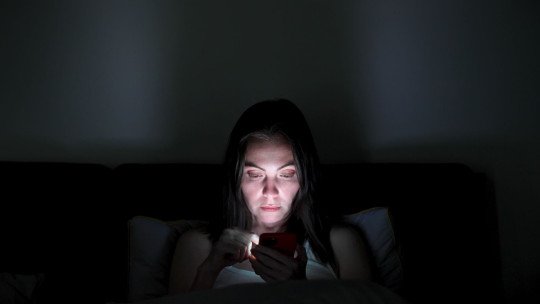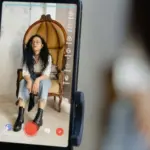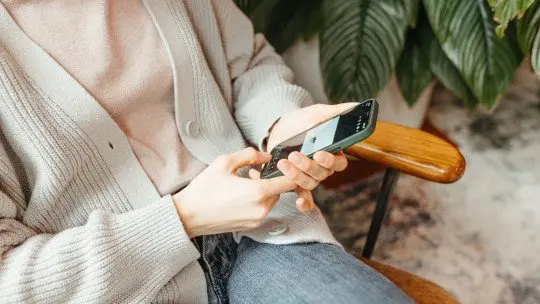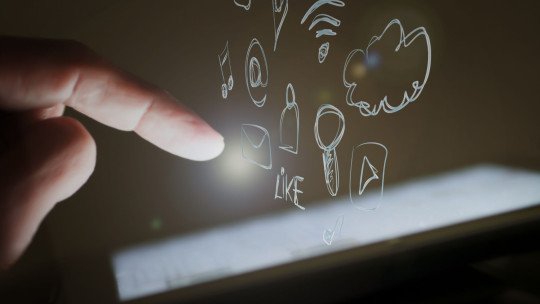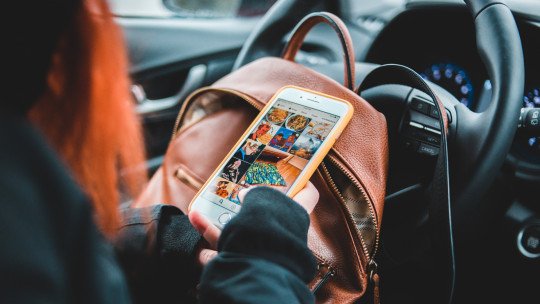
Social networks form a fundamental part of the social and cultural events of our time. They are consolidated as a new way of bonding, where the gaze comes into play, that is, looking and being looked at by others.
The social network as a showcase
What do we look at when we are on a certain social network? The offer of images is so variable and plural, that at times an oversaturation is observed. We find ourselves scrolling through stories, reels, videos, but do we really pay attention to what we see? What really interests us about what we are looking at? It seems that the fleeting moment of seeing prevails over understanding. Beyond being able to be notified about this “looking without looking”, this action occurs in a compulsive way. That is, the subject feels that he cannot stop doing it.
There is a big difference between “seeing” and “looking.” Although both respond to the ocular organ, each act in itself carries a peculiar and subjective experience. The act of seeing is merely passive in that everything that is placed before the field of vision is seen. But no look occurs. For this to arise, a specific intentionality and a particular subjective gesture are required. Looking is an act that commits the subject, which entails a certain individual will and where the particular history comes into play.
In this regard, the Dictionary of the Spanish Language distinguishes a specific difference between seeing and looking. He defines the first as the fact of “perceiving objects through the eyes through the action of light”, while he assigns to the act of looking the function of “applying sight to an object” So, if we affirm that looking implies a specific intentionality, where is our subjectivity when we are captured by what the cell phone offers us?

Being looked at by others
The photo aims to capture an experience, at a specific time and place. It is established as a subjective cut of the scene, a partiality. that when uploaded to a social network, it is directed and exposed to the gaze of others.
Many times, it seems that the act of taking and/or uploading a photo works as a “psychic inscription” of reality. That is to say, there is a certain need to take a photo and/or show it on some network, to record that what is happening is real. This makes us think about how the real dimension is subjectively intertwined with the digital one, intervening in the way we create our experiences. We can observe this, for example when taking a trip, how the need to capture that moment arises, faced with an attractive scene. As well as in a recital, where the person watches the show through their cell phone screen.
Many images that we upload to the networks are intended to be offered as an ideal, ideal of what? Of standards of beauty, fun, success, youth, travel, etc. The ideal is the place from which we want to be looked at, waiting for the evaluation of others (likes), which reveal a great dependence. It seems that the main objective focuses on being seen, where the gaze becomes the protagonist. It is significant to think that when the gaze of others is activated. One is in a position of object, object of the gaze of others.
The use of makeup, filters, photoshop, gives the illusion of getting closer to contemporary ideals. When life is directed based on them, alienation occurs, that is, we remain trapped in the desires of others. Believing that what we see is real.
We go back to the singular childhood history, to the first glances, from where the mother/father or whoever occupies that role, houses that baby, giving it a place as desired or unwanted. The way in which it is considered, looked at, spoken within the family plot, leaves significant marks that guide the way in which the subject registers reality.
Conclusions
Social networks open up a game for us where the gaze is the protagonist. Many times we are captured by what is offered to us or by what we seek to show as ideal, where the real plane seems to be confused with the virtual one. As a challenge we think about the possibility of a pause, where new questions may arise, where, far from the passivity that the device demands, something of our own subjectivity may appear.


